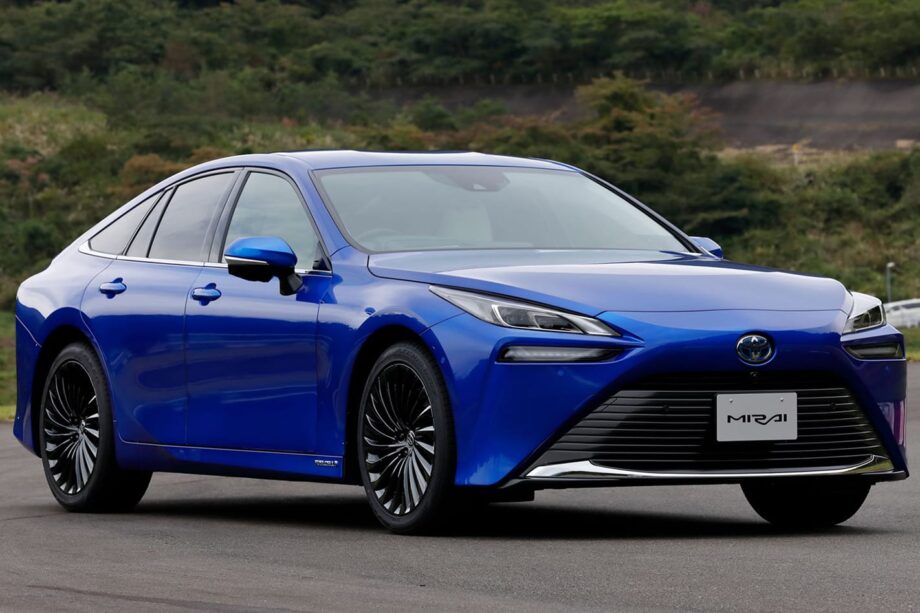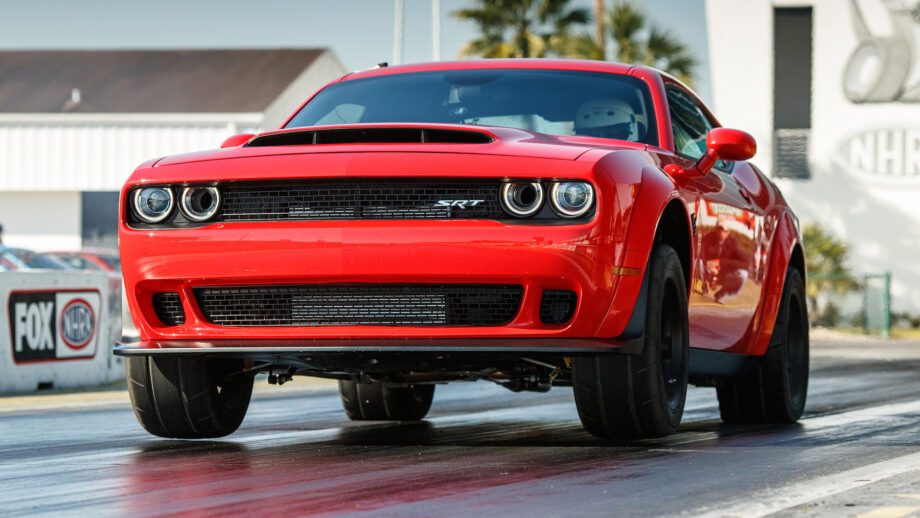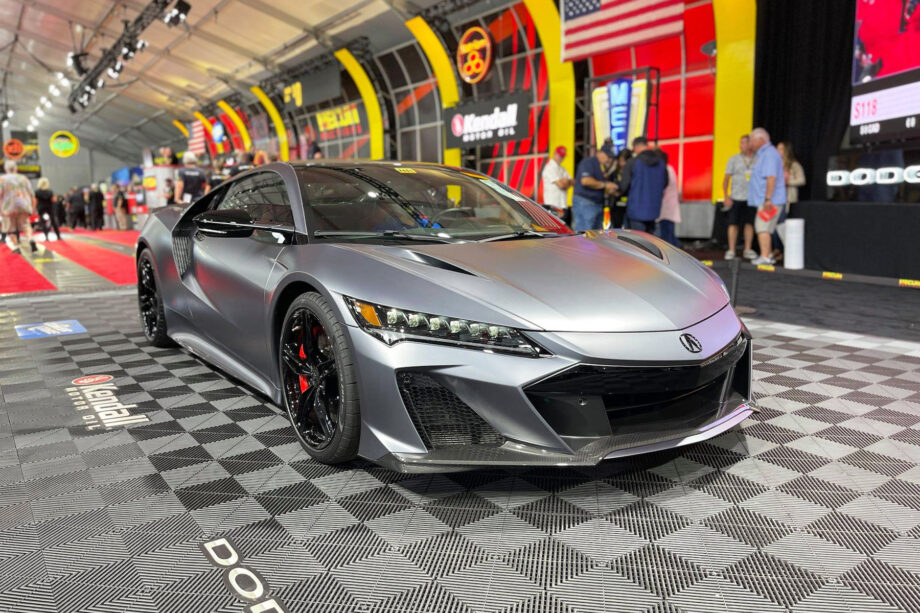The automotive industry is currently in the midst of multiple paradigm shifts.
The first is the move towards electrification. More and more car brands are investing heavily in electric vehicles (EVs) with some even committing to completely phase out fossil fuel-powered cars in the near future, such as Bentley, Jaguar, Lotus, MINI and Volvo. Even Ferrari has released its first hybrid vehicle, the SF90 Stradale.
The second is the rise of China as an automotive powerhouse. China has long since eclipsed the United States as the world's biggest car manufacturing nation, but Chinese cars have long suffered from a (not entirely undeserved) perception that they're low-quality, and haven't always succeeded outside of the People's Republic.
But that's changing rapidly. In countries like Australia, Sweden and Norway, vehicles from Chinese marques such as the MG3 and Polestar 2 have become some of the best-selling vehicles in their respective markets. The paradigms are colliding, too: China leads the world in EV manufacturing and a Chinese EV, the Wuling Hongguang Mini, is now outpacing the Tesla Model 3 as the current best-selling EV.
In short, the 'threat' from China is real. But not all brands are doing what they need to do keep up with China – or the industry more broadly. Specifically, many Japanese and US auto makers, who used to be on top of the industry, are falling behind.
[caption id="attachment_302733" align="alignnone" width="920"] The Toyota Mirai, Toyota's flagship hydrogen car. While hydrogen cars do have some environmental benefits, it's clear that it's not the technology of the future. Image: WhichCar[/caption]
The Toyota Mirai, Toyota's flagship hydrogen car. While hydrogen cars do have some environmental benefits, it's clear that it's not the technology of the future. Image: WhichCar[/caption]
Japanese car makers, in particular, have become bizarrely reluctant to pursue battery electric vehicles (BEVs, i.e. totally electric cars). Toyota, the world's biggest car brand, is probably the worst culprit. Whilst they were an early innovator when it came to mild hybrids, such as the Prius, Toyota has stagnated in recent years, doubling down on mild hybrid and hydrogen technologies when it's become clear that plug-in hybrids (PHEVs) and BEVs are the way of the future.
Indeed, Toyota has actively lobbied the US Congress to slow policy moves towards BEV adoption, The New York Times reports, and the company's president, Akio Toyoda, has even called EVs "overhyped", according to the Wall Street Journal. Toyota's not the only culprit, either: Nissan, Mitsubishi, Mazda et al have all been very slow when it comes to BEVs despite previously being innovators when it came to electrification (although it must be noted that Honda has actually committed to divesting itself of petrol and diesel engines by 2040, the first and so far only Japanese car maker to do so.)
For some American auto makers, it's a similar story. While General Motors is planning to transition to carbon-neutral by 2040 and Ford of Europe has announced that its entire passenger vehicle range (plus two-thirds of its light-commercial vehicle range) will be fully electric by 2030, Ford's American operations haven't followed suit. Stellantis, the European mega-corporation that now owns the Chrysler Group, has announced ambitious plans to electrify 96% of its American offerings by 2025 – but that notably excludes their fuel-thirsty Dodge and RAM brands...
And that's crucial. Fuel-thirsty trucks like the Chevrolet Silverado, Ford F-Series and RAM 1500 are these American brands' biggest sellers. There's no point electrifying everything else if the bulk of your business is fossil-fuel powered. This may change, however, with the arrival of the Ford F-150 Lightning and Rivian R1T...
RELATED: Tesla Cybertruck Rival Threatens To Make Camping Actually Enjoyable
[caption id="attachment_302734" align="alignnone" width="920"] The Dodge Challenger SRT Demon, a car that's perhaps emblematic of America's automotive predicament: spending too much time making fuel-thirsty, niche vehicles on outdated chassis, rather than investing in new chassis and new technologies. Image: Top Gear[/caption]
The Dodge Challenger SRT Demon, a car that's perhaps emblematic of America's automotive predicament: spending too much time making fuel-thirsty, niche vehicles on outdated chassis, rather than investing in new chassis and new technologies. Image: Top Gear[/caption]
The second area in which Japanese and US auto makers are falling behind China in is quality. American cars have always been considered dubious in quality, but Japan used to be the gold standard in quality and reliability – but that reputation is slowly dissipating.
As Japanese auto makers have moved production offshore to countries like Thailand, Mexico and indeed, the United States, their bulletproof reputation has taken somewhat of a hit. South Korean brands have largely supplanted Japanese ones when it comes to making affordable, reliable cars. Hell, they're even following the Japanese template of moving into luxury vehicles: Hyundai finding impressive success with their premium Genesis marque, for example.
RELATED: ‘I Would Have Never Considered Buying A Kia… Until Now’
Something that's very telling about American car quality, however, is how Chinese-made versions of American-designed cars are better made than their American counterparts.
"Comparing vehicles that are built both in the West and China is particularly illuminating," Tom Stacey, a senior lecturer at Anglia Ruskin University in England relates.
"Tesla’s Model 3 and Model Y cars are both built in the US and China, and owners in Europe have reported that the Chinese versions are better. I hear that their all-important panel gaps are tighter, and fewer trips to the repair shop are required."
[caption id="attachment_302737" align="alignnone" width="920"] Tesla Model 3 bodies at the paint shop in Tesla's Shanghai Gigafactory. It's ironic that the Chinese are doing a better job of making American cars than the Americans. Image: The Driven[/caption]
Tesla Model 3 bodies at the paint shop in Tesla's Shanghai Gigafactory. It's ironic that the Chinese are doing a better job of making American cars than the Americans. Image: The Driven[/caption]
So what do the US and Japan need to do if they want to stay on top in the car game?
Simple. Embrace electrification more earnestly; not as a fad but as the future of motoring. That's the first step. Second, they need to go back to the drawing board when it comes to quality control, and stop 'phoning it in'. Part of this has to do with their reliance on stringing out vehicle designs and platforms for far longer than they really need to, in order to cut costs (something the Japanese are a little more guilty of than the Americans).
RELATED: Pandemic Shows What Japanese Auto Makers Can Learn From America
Of course, it's easier said than done. But the reality is this: Europe is making all the fun and interesting cars, and China is making all the cheap, electric cars. The US and Japan don't want to get left behind.
Read Next
- ‘Tradie Approved’ Cars Fast Becoming Unlikely Status Symbols For Australian Men
- Porsche Unveils The Future Of Motorsport… Whether You Like It Or Not
Subscribe to the DMARGE newsletter
Follow DMARGE on Instagram
Follow DMARGE on Facebook
The post American & Japanese Car Makers Are Going To Be Left Behind By China appeared first on DMARGE.
from DMARGE https://ift.tt/3CDiGfL








0 comments:
Post a Comment